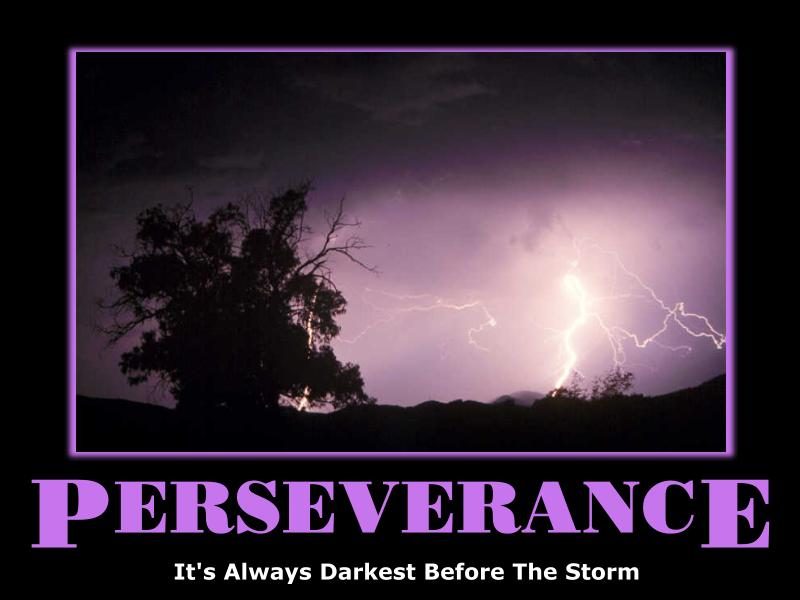
IF YOU ARE READING THIS PLEASE GO SEE THE WIZ THIS THURSDAY THROUGH SATURDAY! Well, now that I got that out of my system, onto the blog. This week, I got to experience working what's called the fly rail in theater. It's not exactly the cat walk, that's the top level, but its about halfway in between. In Hawaii Theater, this is where we pull on ropes in order to fly (hence the name fly rail) things in and out of the stage above the actors' heads. The way it works is by a system of pulleys that run up and down the whole height of the building. Normally, this whole job wouldn't be much of a problem, however, some of the pieces are extremely heavy. For example, the cyclorama, the large piece of cloth in the back, weighs a couple hundred pounds. Now granted, I can heft my fair share of weight, but I'm nothing compared to a couple hundred pounds of cloth. There is no way my, comparatively speaking, tiny little body is going to be able to apply enough downward force in order to counter the weight of the cyclorama. So systems were put in place to help people like me. For one, the rope-pulley system has several locks in place so if I happen to let go, the piece won't go falling down and costing Iolani school ten thousands dollars. Thank God. The second thing is a bunch of weights attached to the rope and connected in order to balance out the weight of the cyclorama. That way, the weights help me both lift and lower the cyclorama, making my job and the show run much smoother. GO SEE THE WIZ!!!!!!!!!!!!!!!!!!!!!!!!!!!!!

.jpg)
